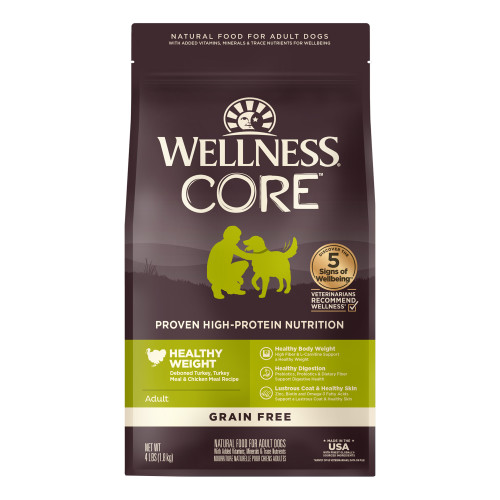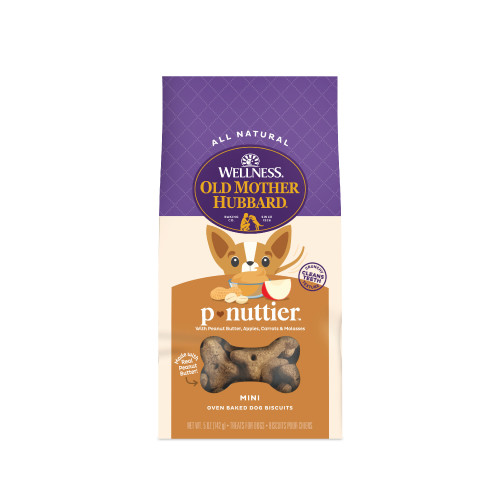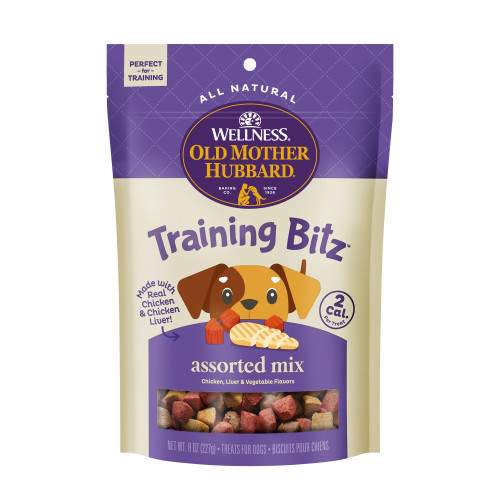August 25, 2025
How To Reward Your Dog For Good Behavior
How to reward your dog
With his iconic dinner bell experiment, Pavlov and his dogs taught us that dogs respond well to positive reinforcement. Positive reinforcement teaches dogs to continue and to repeat behaviors that are rewarded; it teaches them that those behaviors are good. Positive reinforcement is the method experts encourage when training your dog. We wanted to share how to reward your dog for good behavior, so you can more easily train them.
Timing & Location Matter When Rewarding Your Dog
Before we delve into what to reward your dog with, it’s worth noting that when, how, and where you reward your dog is essential.
For example, say your dog obeyed your command to sit and stay during a walk where other dogs were present. You want to reward your dog right away. Give them a treat (the reward) as soon as the good behavior transpires, so they make a clear association between the behavior and the reward. If you waited to get home from your walk, your dog wouldn’t know if you were rewarding him for a successful walk or just because. The moment to reward that good dog behavior would be lost.
Likewise, you want to reward your dog in the area where the event occurred, such as at the spot where your dog sat and stayed. The reward teaches your dog that “you did well right here in this spot / moment.”
Note, though, just as you can shape good behaviors with rewards, you can shape bad behaviors. This is done by rewarding your dog when they do something you don’t want them to do. For example, if you’re training your dog to sit and not react when the Amazon delivery service arrives, giving your dog a reward if he barks excessively before sitting conditions him to believe that he should bark and then sit. While the sitting might be good, the barking is not, so it’s possible to accidentally reinforce the wrong things.
Reshaping Bad Behaviors
Speaking of undesirable behavior, rewards can be used to reshape behaviors that you want to discourage. In the book Liminal Thinking, David Gray talks about a stray dog rescued by a family. The dog was sweet until confronted with other animals or when it thought its food might be taken. Then, the dog became aggressive.
A specialist revealed that the dog likely had been deprived of food and may have even had to fight for it in the past. To show the dog that food was plentiful, the owner began taking extra treats on the walks in order to give both the dog and other dogs the food. The dog eventually learned that other dogs weren’t a threat. In this case, the reward system conditioned out a former undesirable behavior and reconditioned a good response.
Using Treats to Reward Your Dog
In the examples above, using treats was mentioned as the reward for good dog behavior. Treats are effective because frankly…they work. While there are a lot of great non-treat alternatives that we’ll discuss, treats are effective because:
- Treats are immediate
- The feel-good chemical response to treats happens quickly, building a strong association between a behavior and a reward
- Treats are transportable
- Treats are bite-sized
It’s recommended by the Humane Society when training your dog with treats to have treats that your dog loves and to have a variety of treats to keep your dog from getting bored. The enticement of different flavors is as effective for dogs as it is for humans (this is why we want to sample all of the bon-bons in a box of chocolates…each new flavor is a potential new reward).
While some pet parents might cringe at the idea of using treats as rewards, rest assured that it’s both common and recommended to use treats. What’s more, there are plenty of natural, healthy, and tasty treat options out there that won’t negatively impact your dog’s health or caloric intake.
Some options that are both healthy and tasty include:
- Wellness The Rewarding Life
- Wellness Soft Puppy Bites
- Wellness CORE Power Packed
- Old Mother Hubbard Bitz Training Treats
- Old Mother Hubbard P-Nuttier Small or P-Nuttier Mini
The reason these treats are effective for training aside from the delicious flavor options is that they’re small. Treats that require lots of chewing or that need to be put down and picked back up aren’t as effective.
Treats are also effective because they’re generally well-liked by dogs; providing a “reward” that your dog doesn’t like will negatively reinforce behaviors.
How To Reward Your Dog Without Treats
As noted, treats aren’t the only way to reward good dog behavior. In fact, once your dog is well-trained, you want to move away from using treats every time and engage another kind of reward system. For example, dogs enjoy physical love and affection like a scratch behind the ears or a pat on the head.
They might respond well to verbal feedback and words of affirmation.
Playing catch might be their favorite thing in the world to do, so throwing the ball and letting them retrieve it after they’ve performed a good behavior is another great way to reward your dog.
Non-treat rewards only work, though, if they are (1) something your dog actually likes and (2) implemented in the same fashion as a treat-based reward (ex: you immediately pet or cuddle your dog when they execute a good behavior, or you immediately play with them or take them out for some fun time).
By using a consistent and effective rewarding system, you can easily train your dog regardless of age. You can indeed teach an old dog new tricks (and certainly you can teach a “new” or young one!). When you do, your reward will be good dog behavior all of the time.
We at Wellness Pet Food care about every dog getting trained and helping pet parents make that happen, which is why we have an extensive line of delicious, healthy training treats. After all, it’s important to reward good dog behavior with good dog treats.






